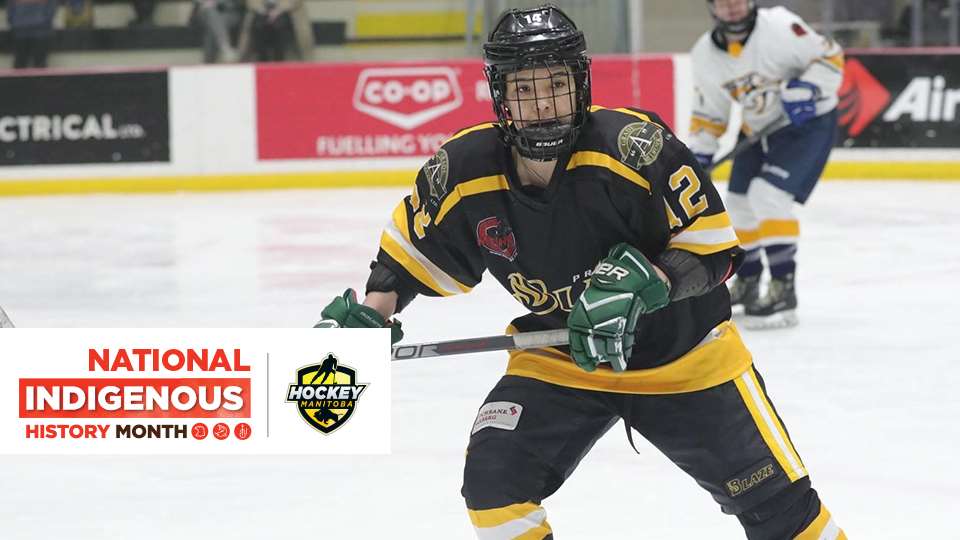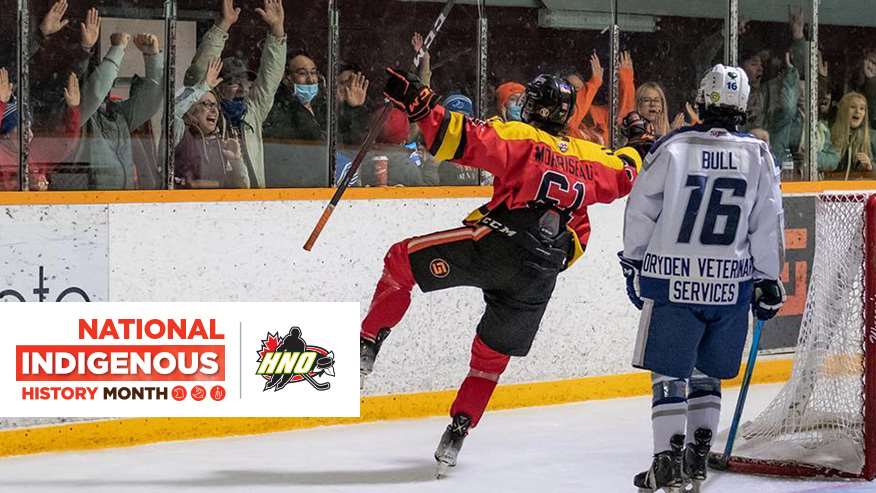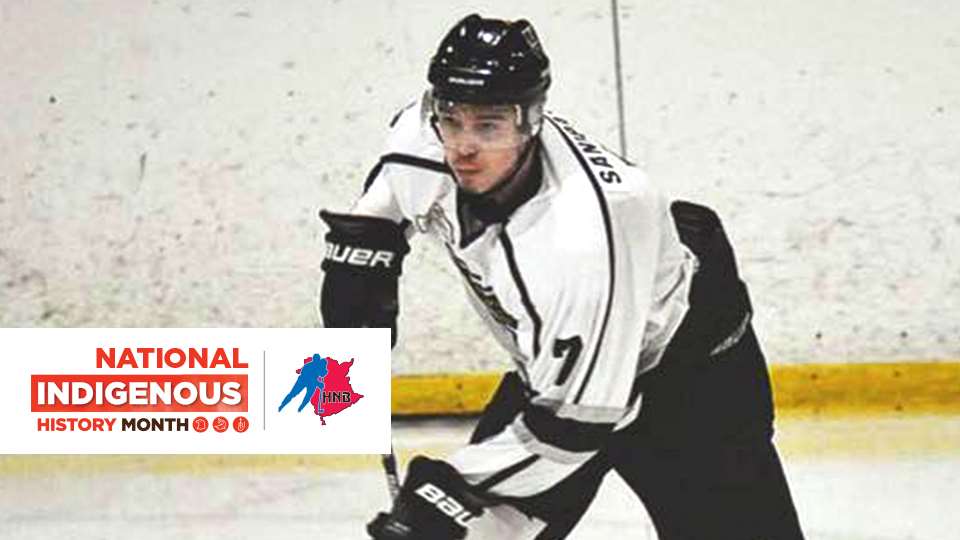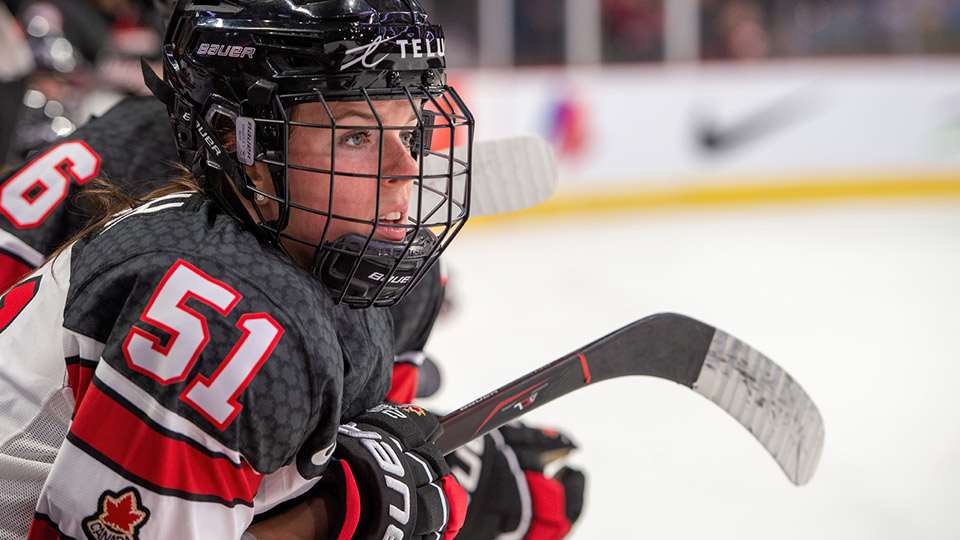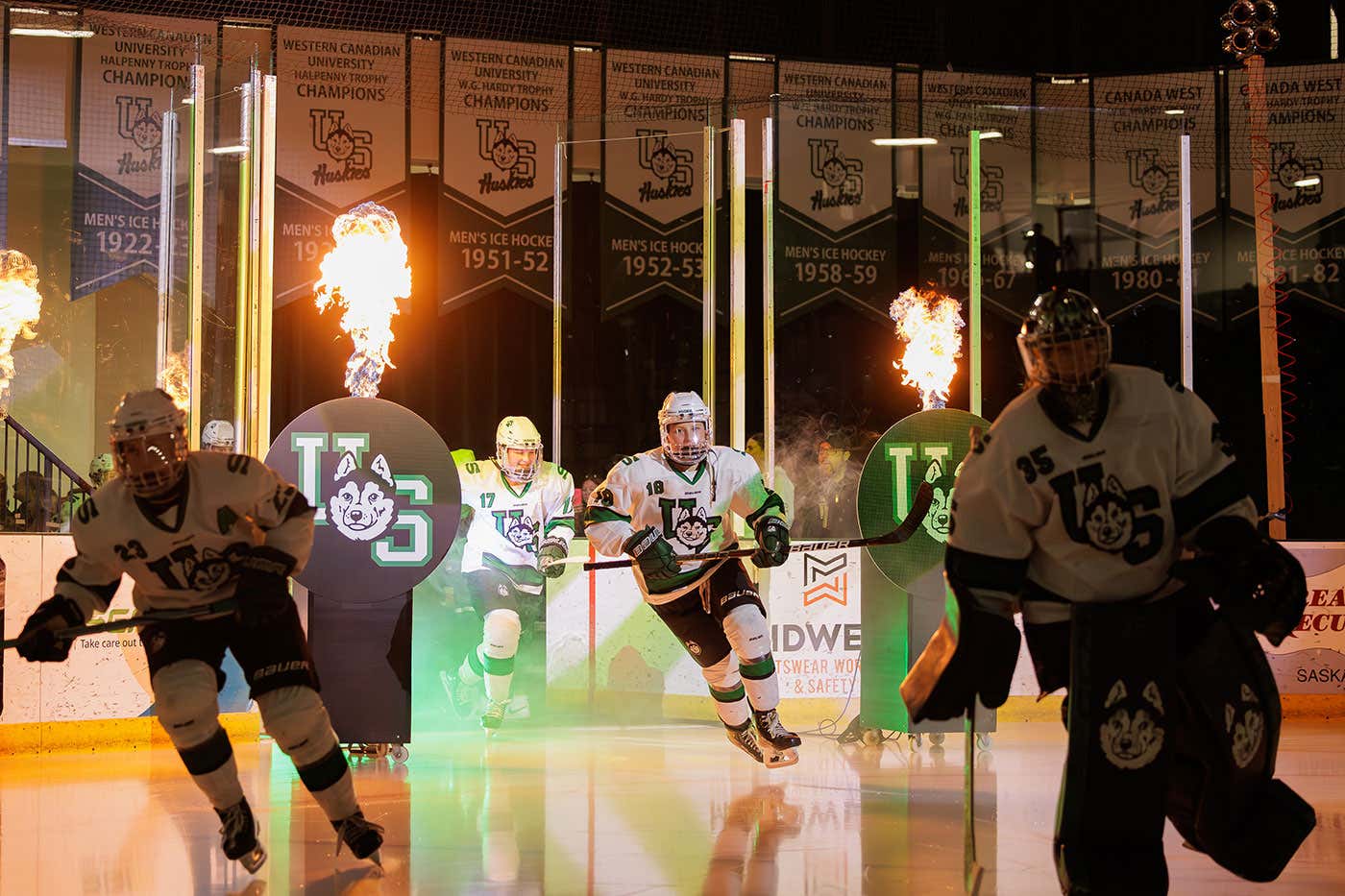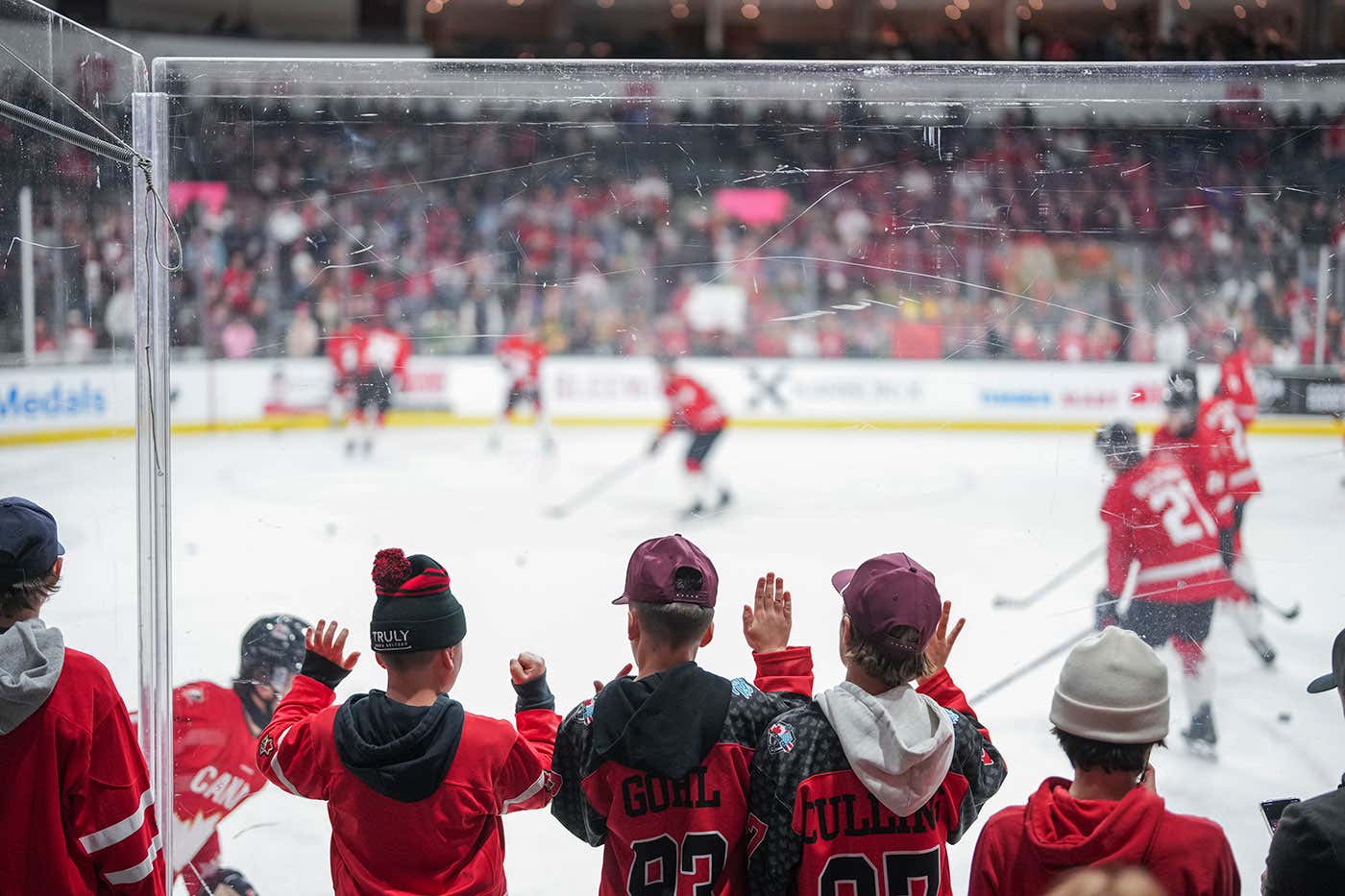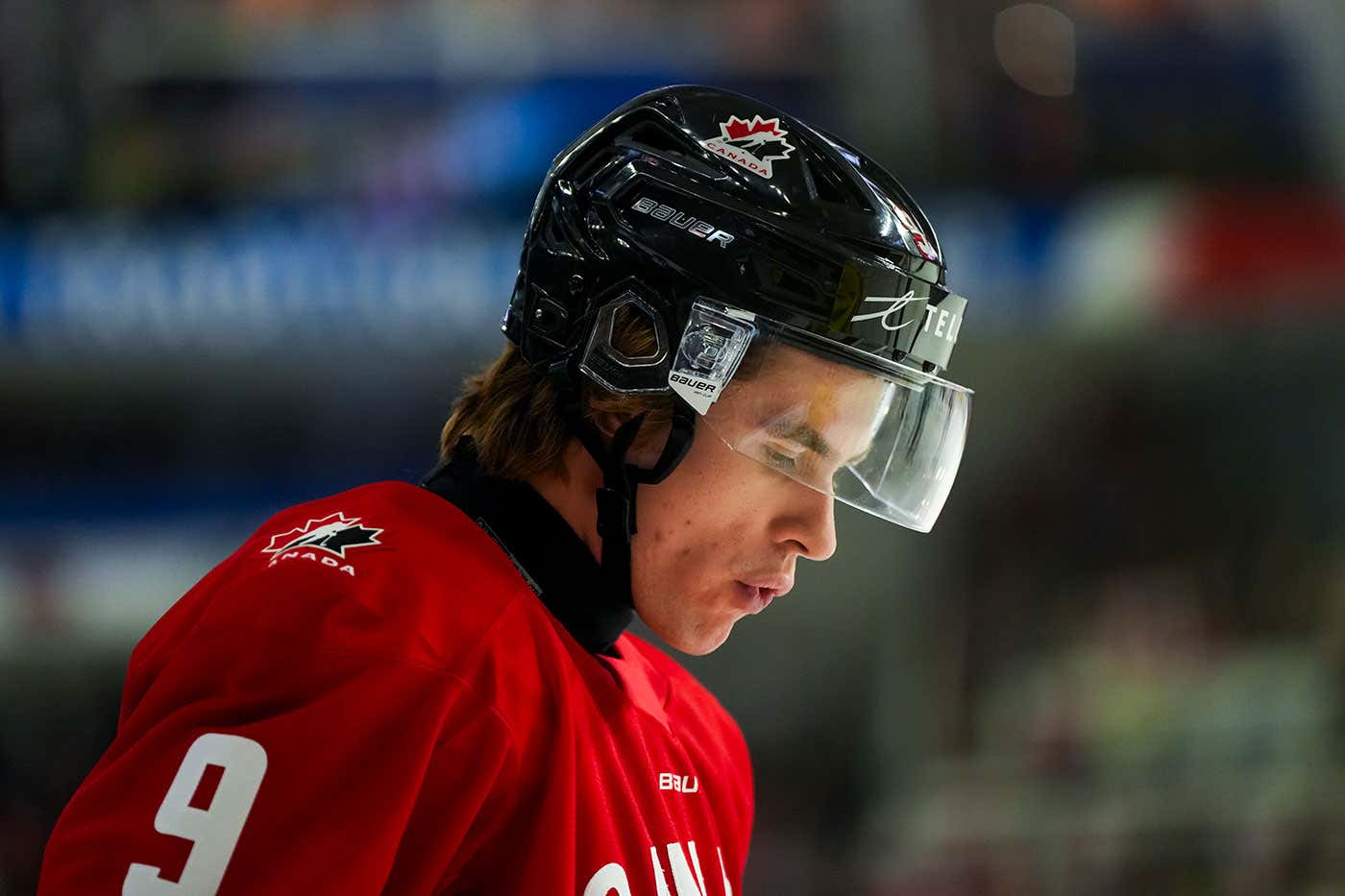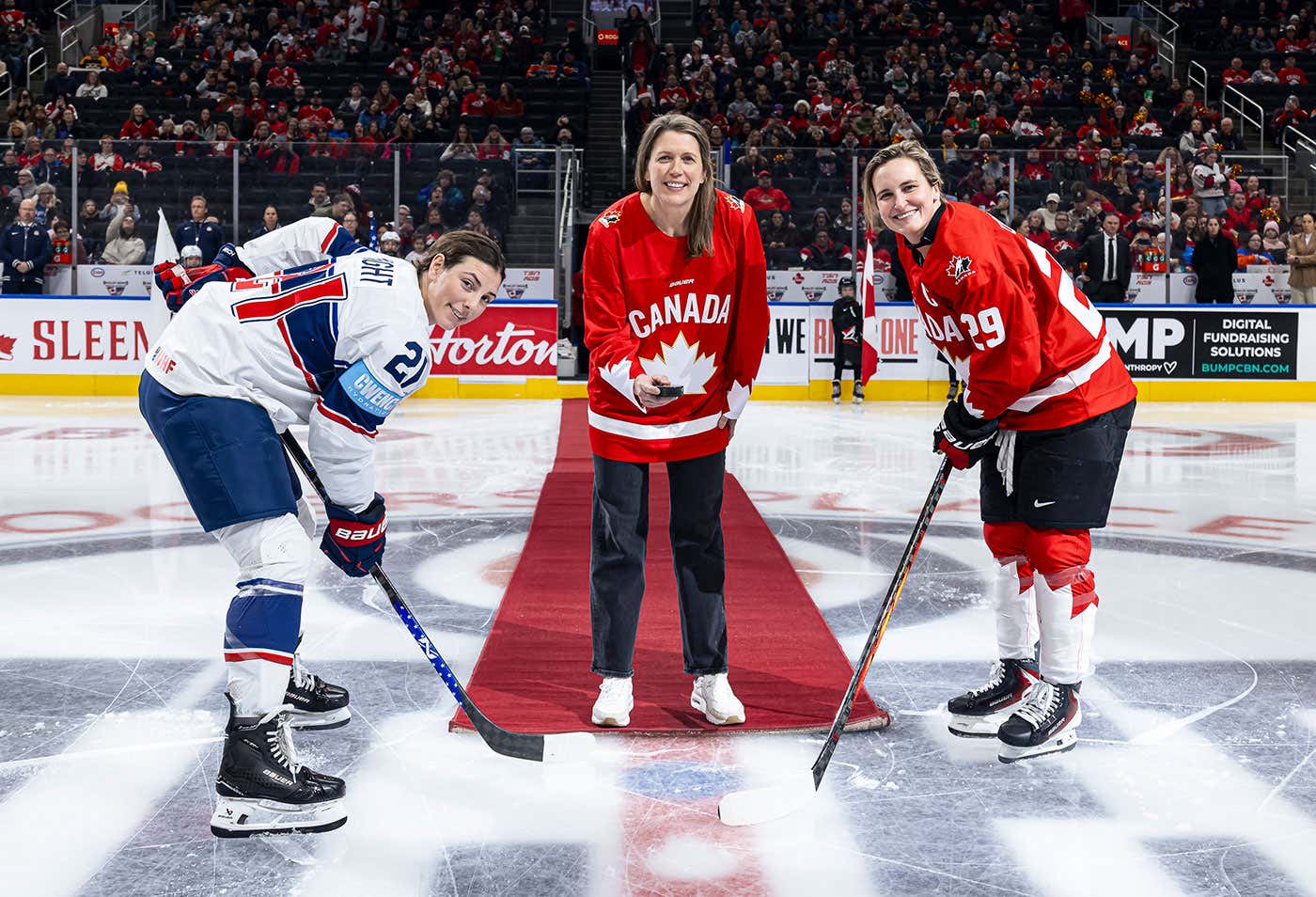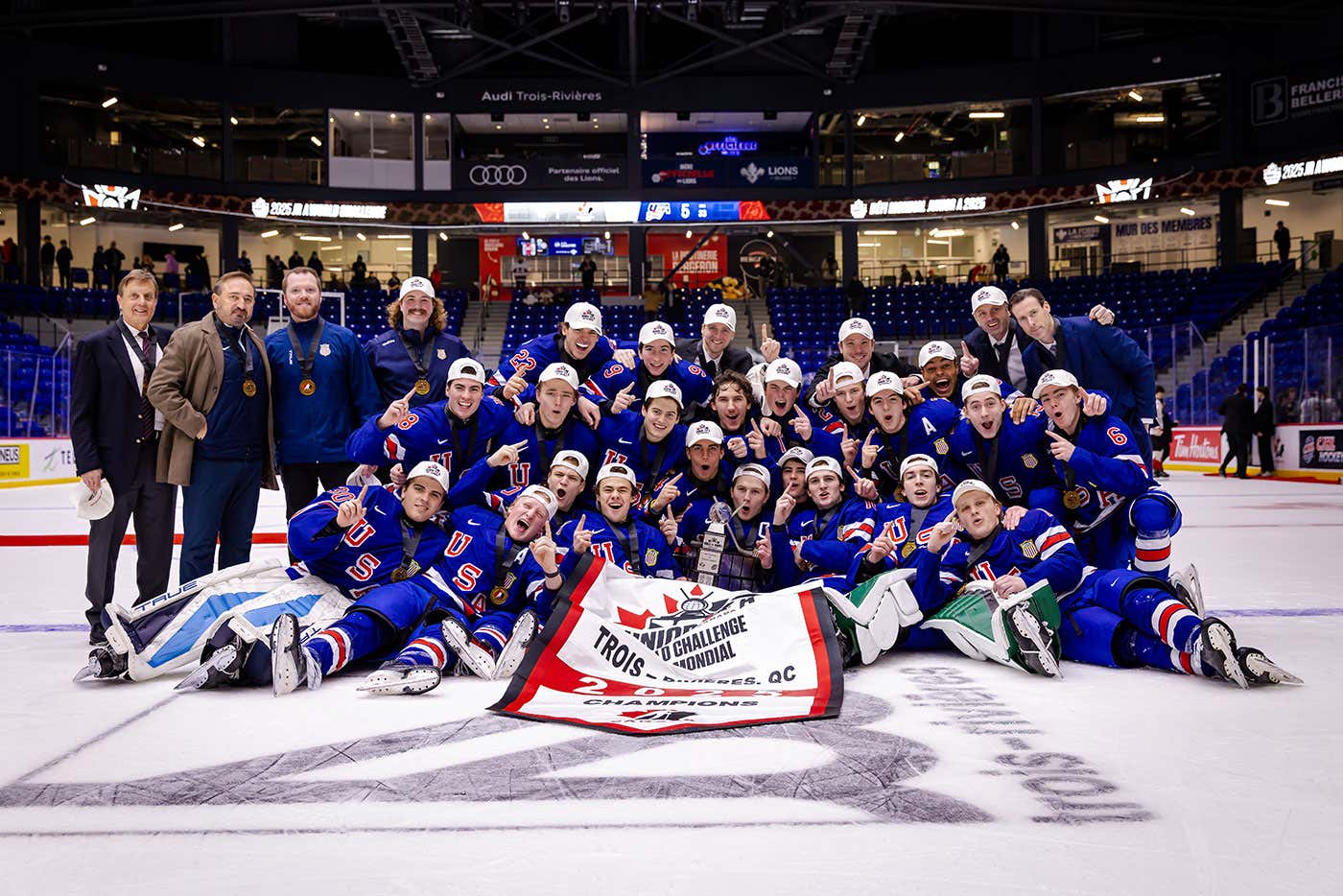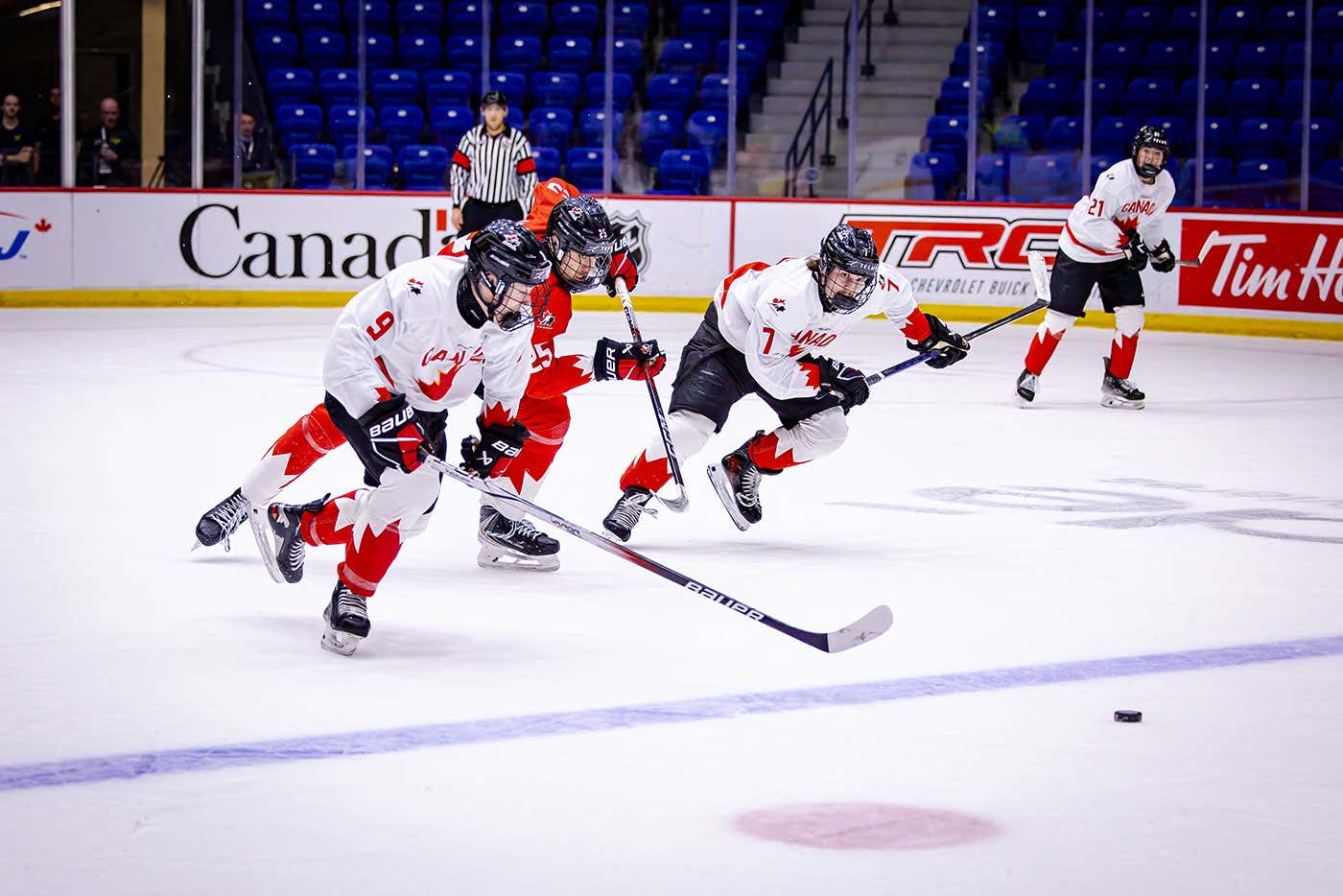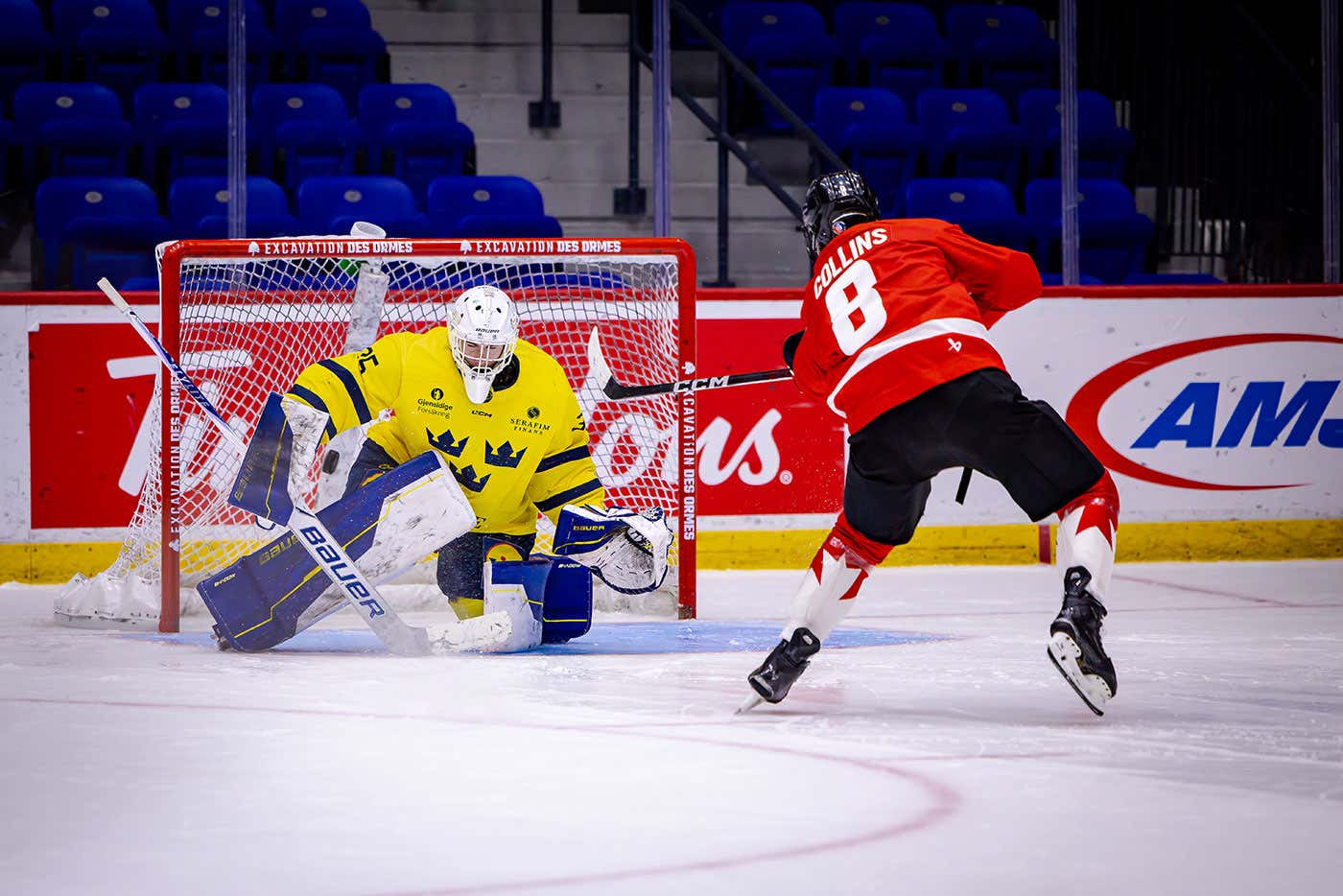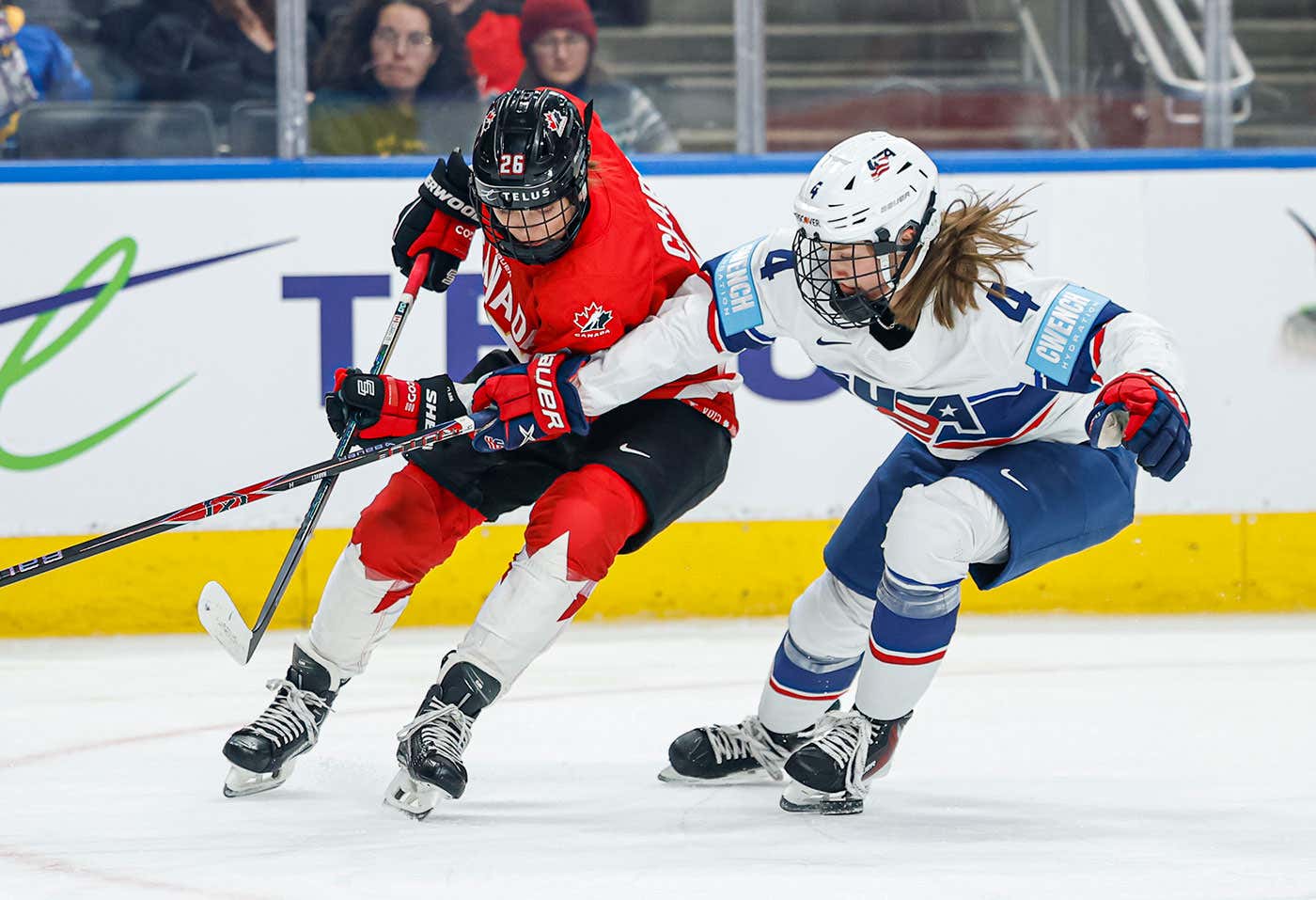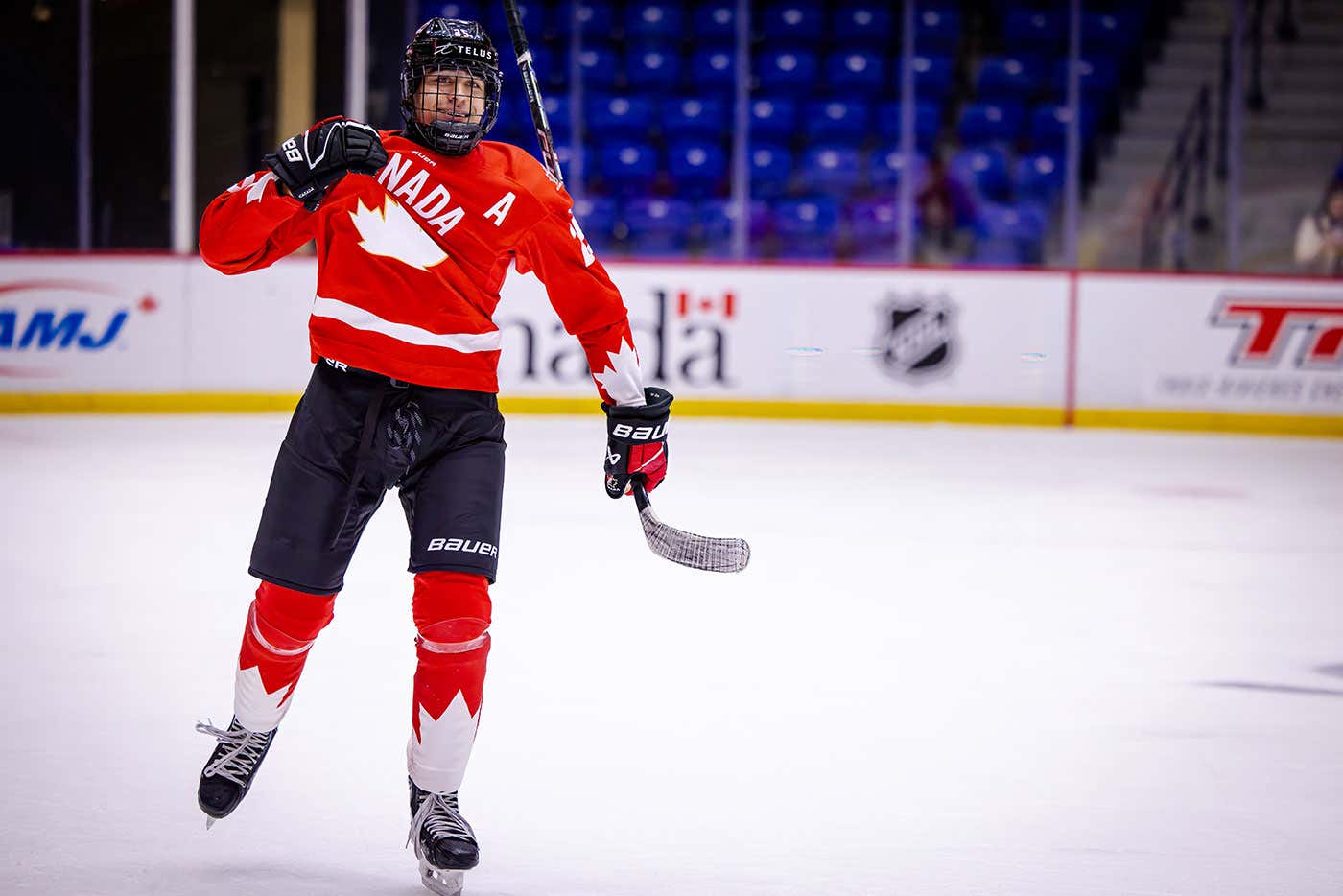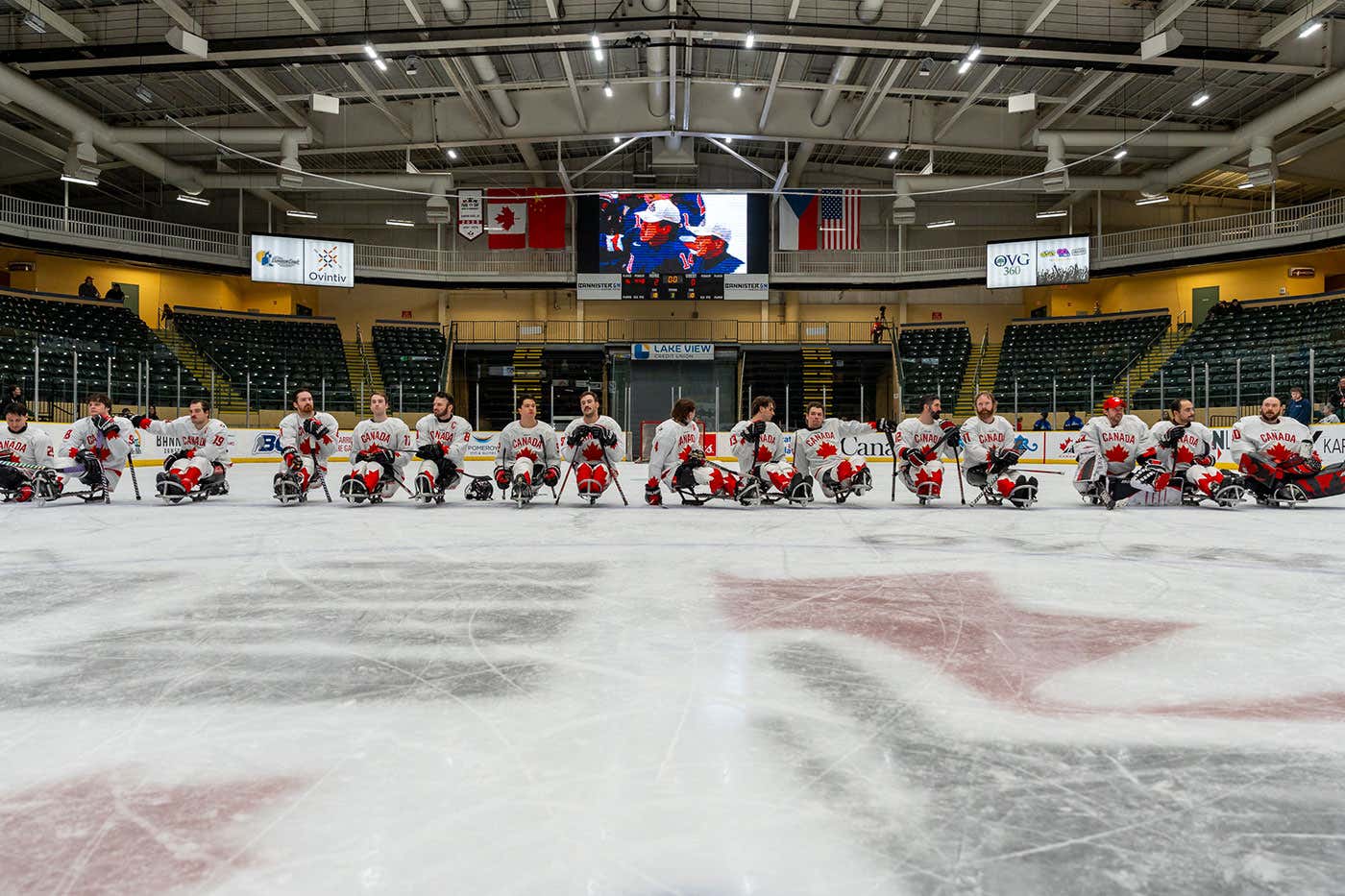
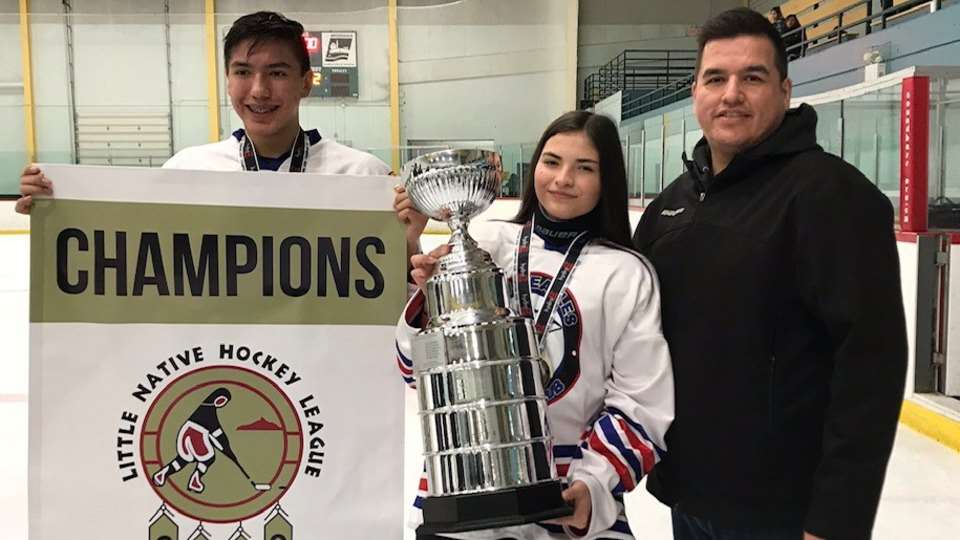
An eye for talent
Trevor Iserhoff has a unique scouting role with the Kam River Fighting Walleye, scouring First Nations communities from coast to coast to coast

A few years ago, Kevin McCallum was on the road in northern Ontario during a scouting trip.
“I was working up at a previous job at Cat Lake, and the guy that drove me around pointed to a house and said ‘There’s a 17-year-old living there that’s the best skater I’ve ever seen in my life,’” says McCallum. “And there was no one really there to spot him.”
Today, McCallum is the general manager of the Kam River Fighting Walleye of the Superior International Junior Hockey League, a Junior A loop that operates in Ontario, Minnesota and Wisconsin.
He shares that story when asked how much talent there is in First Nations communities throughout Ontario and, really, throughout Canada. He’s a believer that many parts of the country have never been scouted well and teams are missing out.
“I have seen a ton of great players who are uncoached but have that talent that’s there,” McCallum says. “If we can identify them a lot earlier and guide them in the process, hopefully we can get them either into a Walleye uniform or even on to something bigger and better.”
The Fighting Walleye are entering their second SIJHL season, although their expansion campaign lasted just four games thanks to the COVID-19 pandemic.
Since the club entered the league, identifying and recruiting talent in First Nations communities has been a priority; it is so important, in fact, that one of McCallum’s initial staff hires was Trevor Iserhoff, who was given the title of First Nations scout. Iserhoff, originally from Moose Factory, Ont., played a lot of his minor hockey in Thunder Bay and area and went on to play junior hockey in Ontario, Saskatchewan and Manitoba, along with a stint south of the border in the United States.
After his junior hockey career came to an end, he played senior men’s hockey and then moved on to coaching his own kids in the game. Now, his role sees him work with contacts throughout the country to find players from First Nations communities who have what it takes to play at the Junior A level.
“I was fortunate enough to play with a lot of good hockey players and now they live throughout Canada,” says Iserhoff. “So I’m able to contact them and see if they know of anyone that has the caliber to play junior hockey. With social media, I have people coming up to me and asking, ‘Is this kid good enough to play?’ It’s a lot of social media work, just contacting people and them contacting me. I know people from Nova Scotia all the way to B.C. who are helping me out with this. It’s not just me doing it. I have a lot of help.”
Iserhoff is modest, but the work he’s putting in for the Fighting Walleye is noteworthy and impressive. His background – having grown up in a First Nations family, his path to junior hockey, his knowledge of the game – is an incredible asset for the Kam River club.
They’re also important when he visits a family of a young hockey player and talks to them about the benefits of joining the Fighting Walleye.
“It’s very important for parents to trust. You’re sending your son to live in a totally different city and meet new people,” says Iserhoff. “Me, talking to parents to try and sell the idea for their son to play junior hockey goes a long way. Having those contacts that are reaching out to me, to back me up and say, ‘Yeah, this is good for your son’ and ‘Yes, your son can play junior hockey.’
“Some communities are maybe 500 to 1,000 people and then if you go to a city like Thunder Bay, it’s over 110,000 people, so you really get a culture shock and brand-new surroundings. So it will take time to get used to. Once you do get used to it, you’re going to have the time of your life playing junior hockey.”
The Fighting Walleye currently have 11 players on their active roster who come from First Nations communities. The club is holding a prospects camp in late August and are expecting players from northern Ontario and as far away as Nunavut.
Iserhoff, who hosts a podcast called Rez Hockey where he interviews First Nations players and shares their stories, is blazing a trail that he hopes many others will take as he knows there’s talent out there.
“I hope so, I hope it becomes a trend because there’s enough talent for a lot of junior teams to have First Nations kids on their teams,” he says. “I’m humbled to be the first one in Canada but I was able to have a lot of mentors and people I looked up to in hockey so I think it’s my turn to pay back what I was taught and who I learned from.”
For more information: |
- <
- >















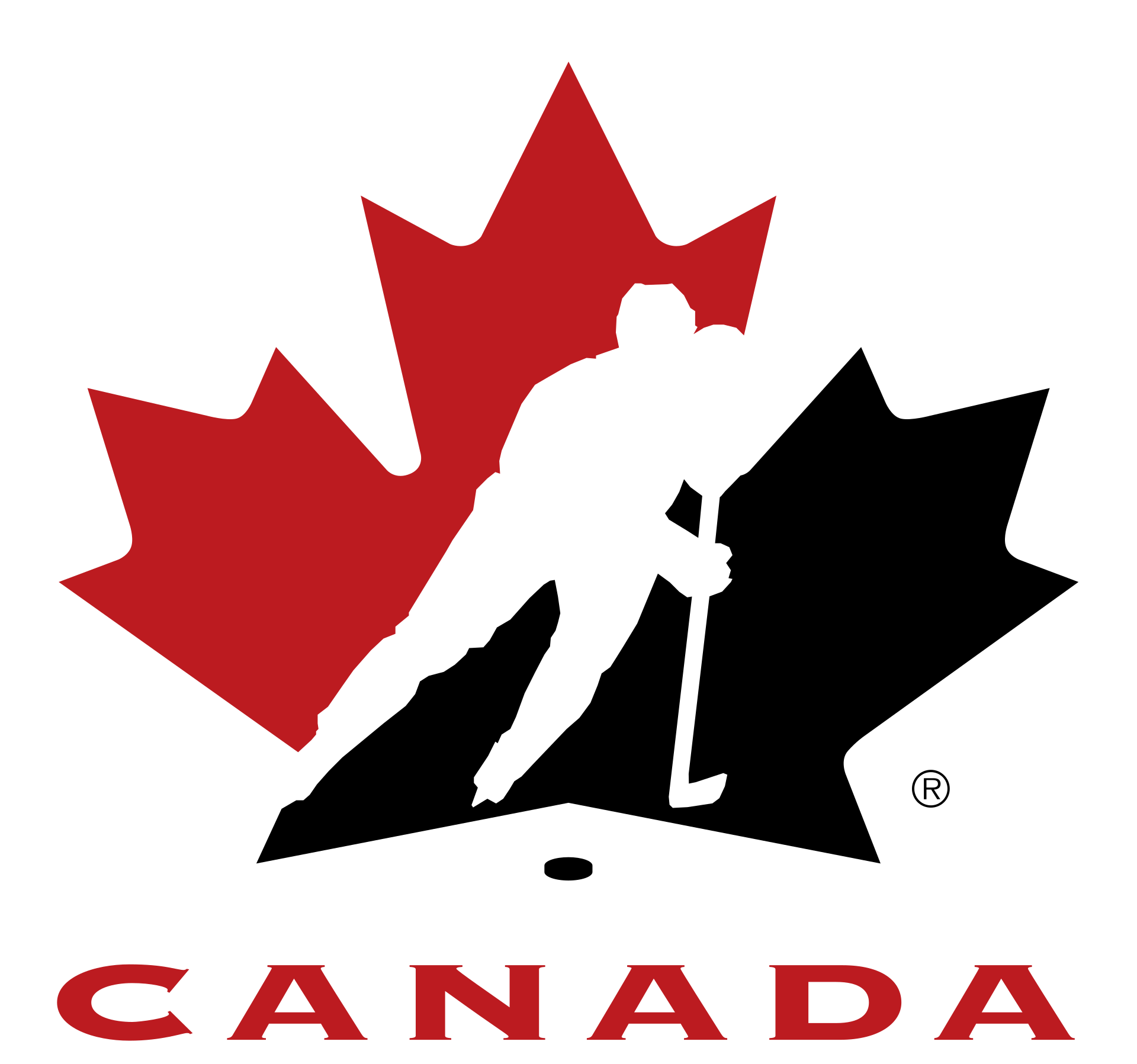

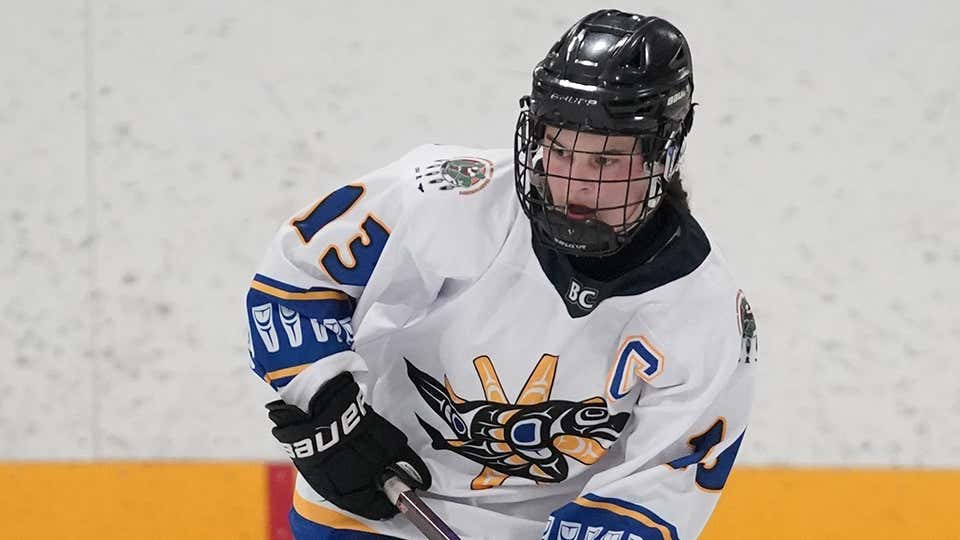

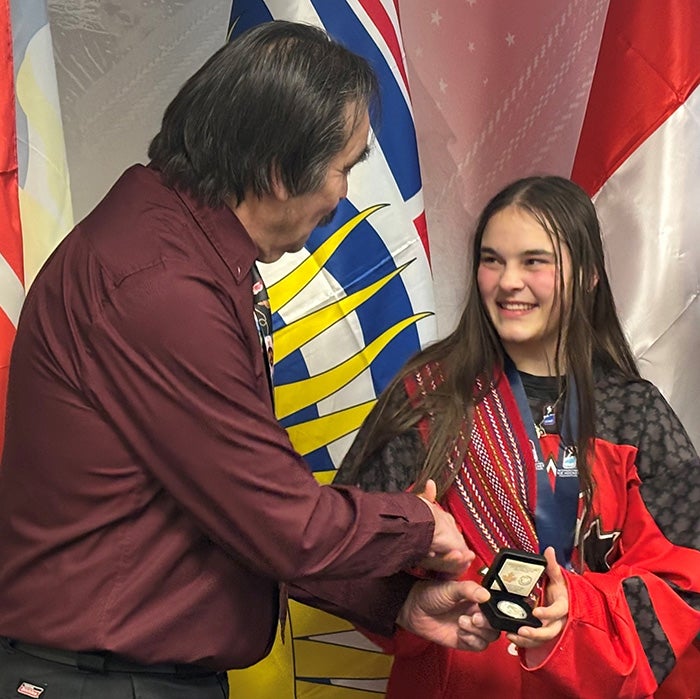
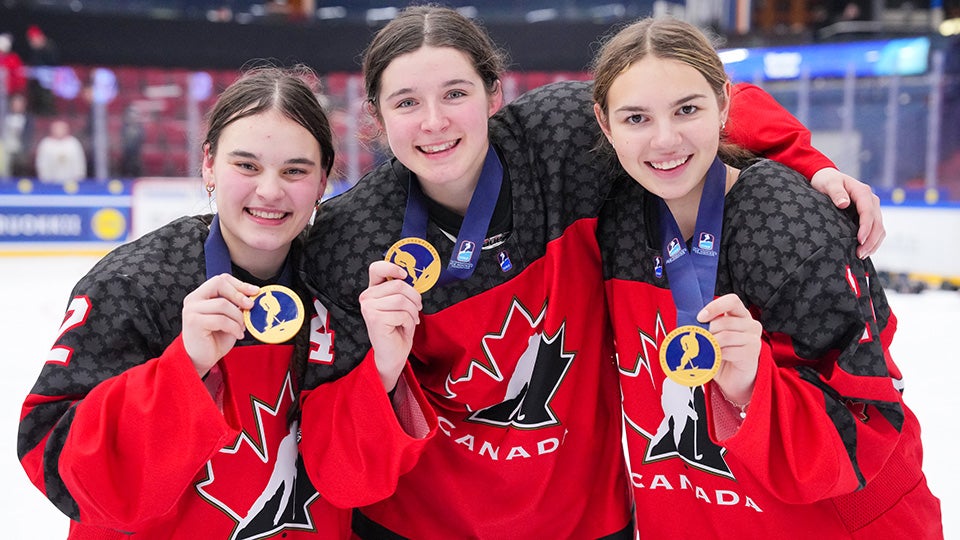

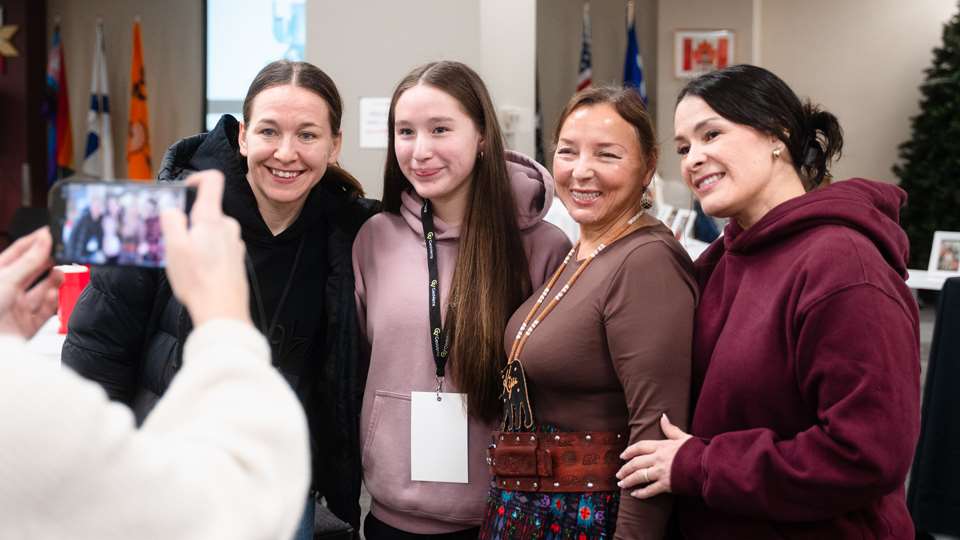
 Kenzie Lalonde (left) interviews Jocelyne Larocque during the summit.
Kenzie Lalonde (left) interviews Jocelyne Larocque during the summit.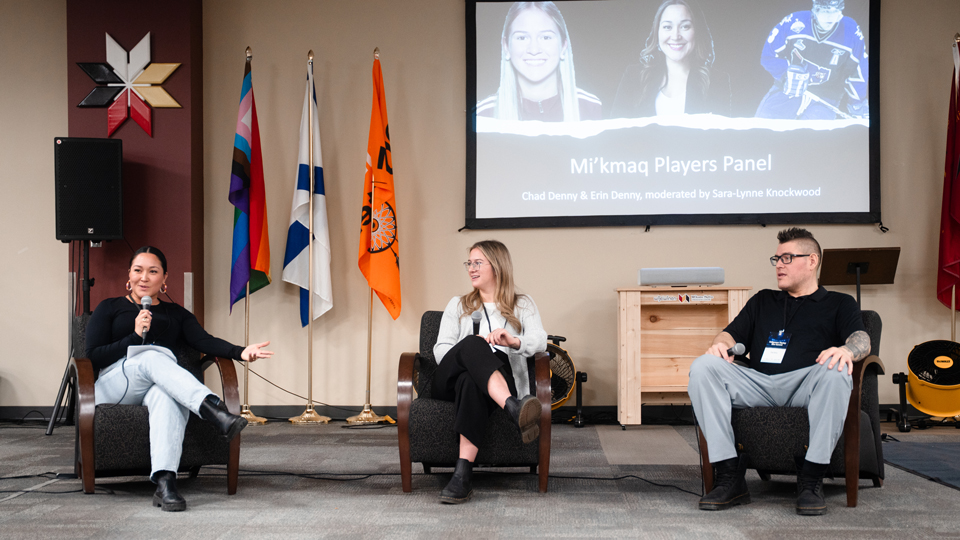 Sara-Lynne Knockwood (left), Erin Denny and Chad Denny during the Mi'kmaw players' panel.
Sara-Lynne Knockwood (left), Erin Denny and Chad Denny during the Mi'kmaw players' panel.


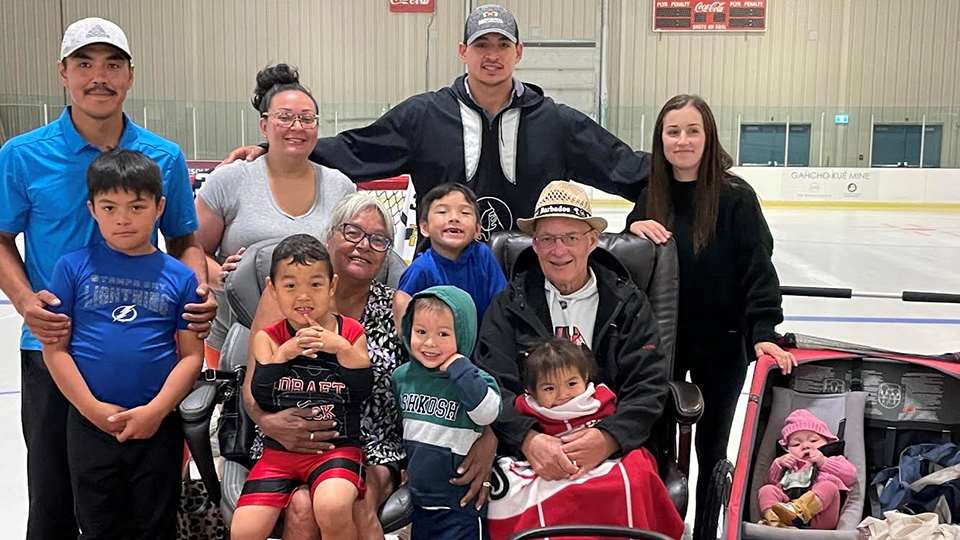
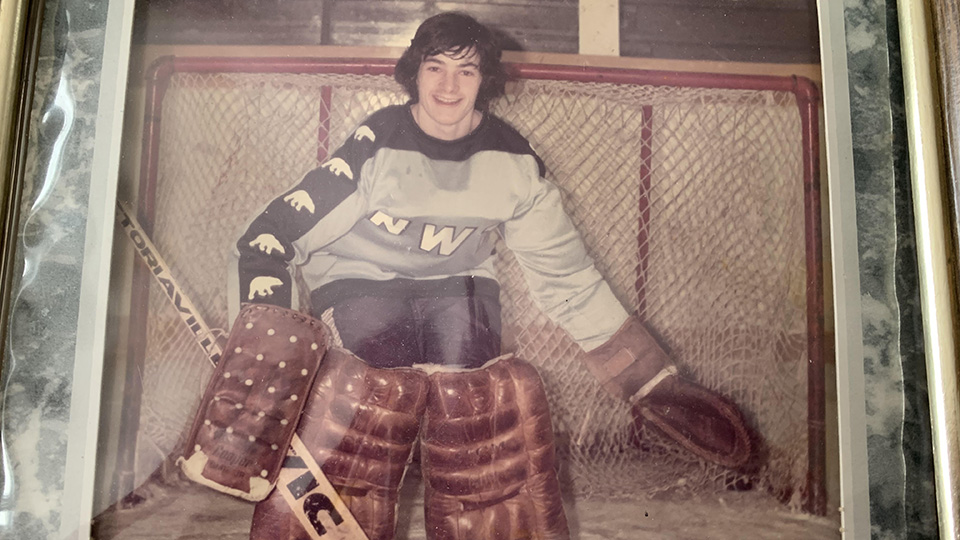

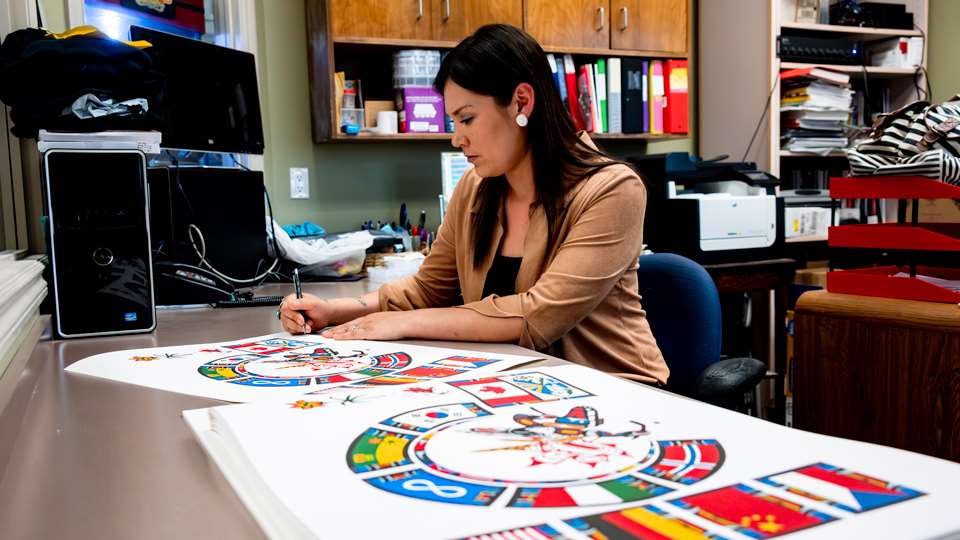
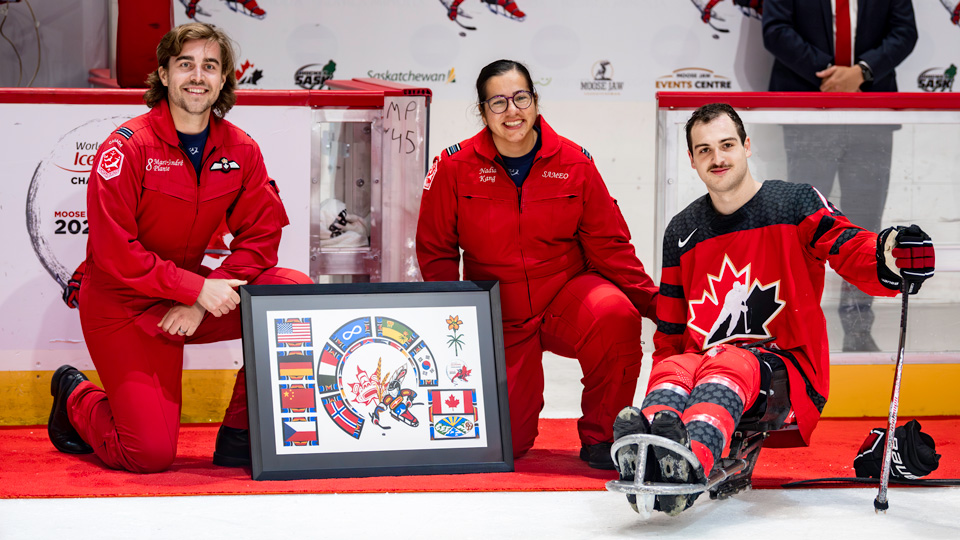 Captain Marc-André Plante and squadron aircraft maintenance engineering officer Nadia Kang of the Canadian Forces Snowbirds present Dominic Cozzolino with the player of the game award on May 29, 2023.
Captain Marc-André Plante and squadron aircraft maintenance engineering officer Nadia Kang of the Canadian Forces Snowbirds present Dominic Cozzolino with the player of the game award on May 29, 2023.